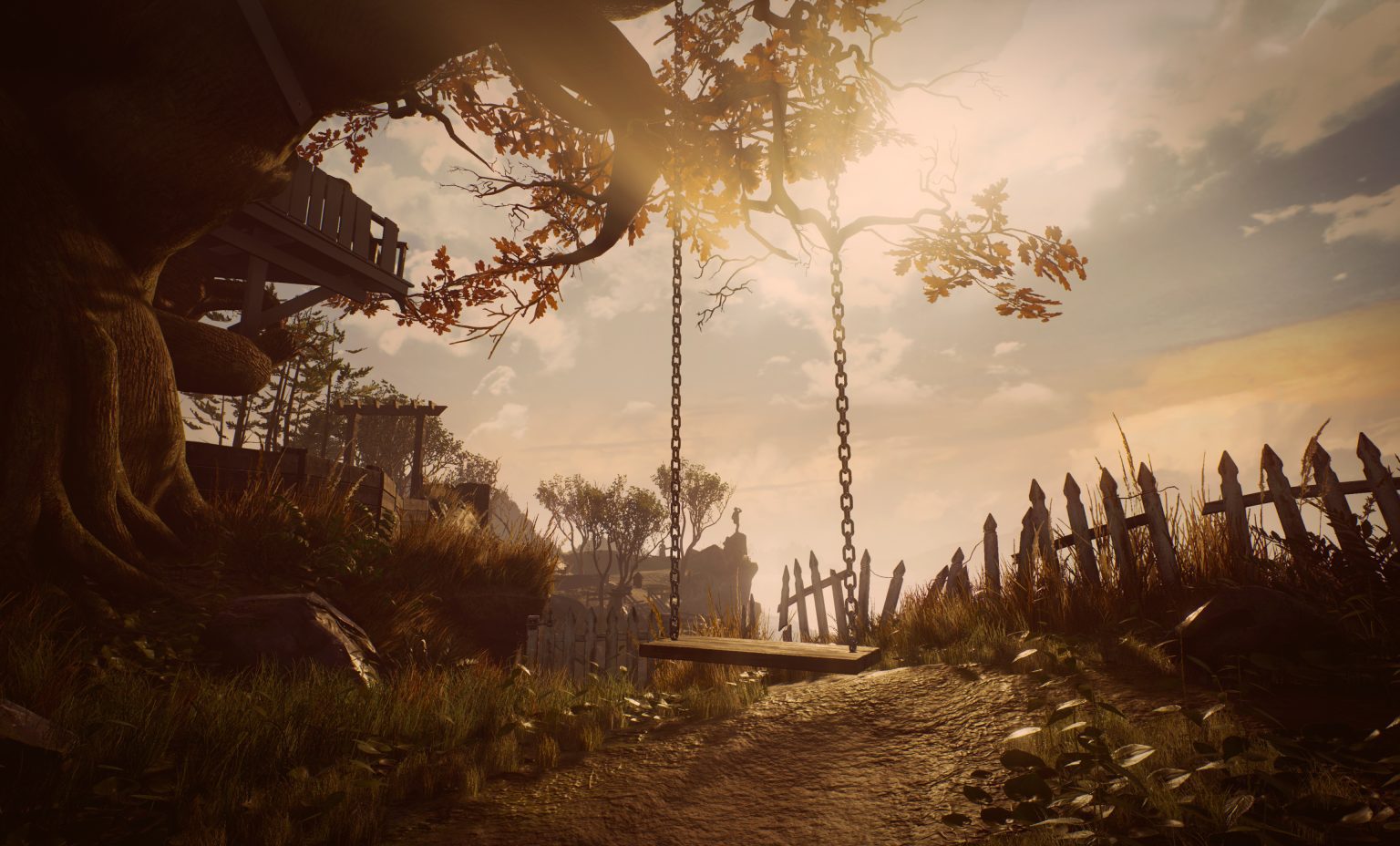Home Sweet Home
Disclaimer: This is a spoiler-free review of What Remains of Edith Finch. However, due to the story-driven nature of the game, those who wish to go in completely blind may want to skip the story segment of the review.
Adventure games are not a recent phenomenon. Pioneered by games like Zork, The Secret of Monkey Island, and Myst, the adventure genre boasts a wide variety of sub-genres, from text-based games and point-and-clicks to more exploration-driven experiences.
The latter has seen a resurgence since the indie-game revolution of the past 10-12 years began. It seems like every year, a new game releases with an obscure, poetic title and a pseudo-realistic art style. From Welcome to the Rapture to The Vanishing of Ethan Carter and everything else in-between, it’s easy to lose track of them all.
Despite their surface-level similarities, these games have even more in common when it comes to gameplay (or lack thereof). They’ve been dubbed “walking simulators” by much of the gaming community for their focus on visual and narrative storytelling over interactivity and “being fun.”
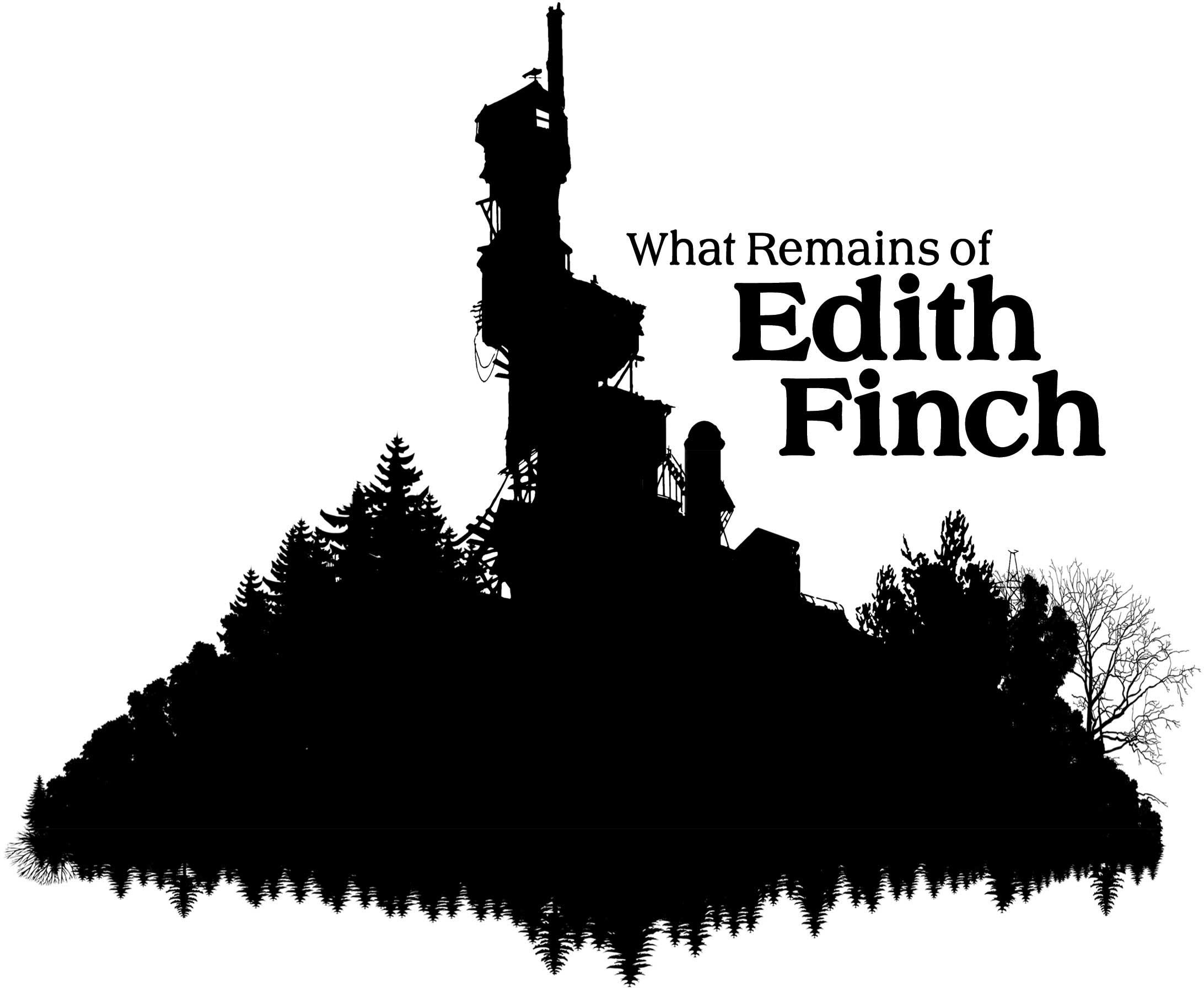
What Remains of Edith Finch is the second game from studio Giant Sparrow, developer of The Unfinished Swan. Like The Unfinished Swan, Edith Finch is an adventure game with a heavy narrative focus, tasking players to unravel its secrets. In other words: it’s yet another of those “walking simulators” the internet has so much fun ragging on.
I had the chance to go hands-on with Edith Finch at PAX East 2017 and came away from it impressed. I had enjoyed The Unfinished Swan, and yet Edith Finch seemed tighter and more fully-realized than its predecessor. A few months later, I had the chance to play through the full game and see if my intuition had been correct. As it turns out, Edith Finch is more than just a great game; it is a phenomenal experience that should silence even the harshest critics of the genre.
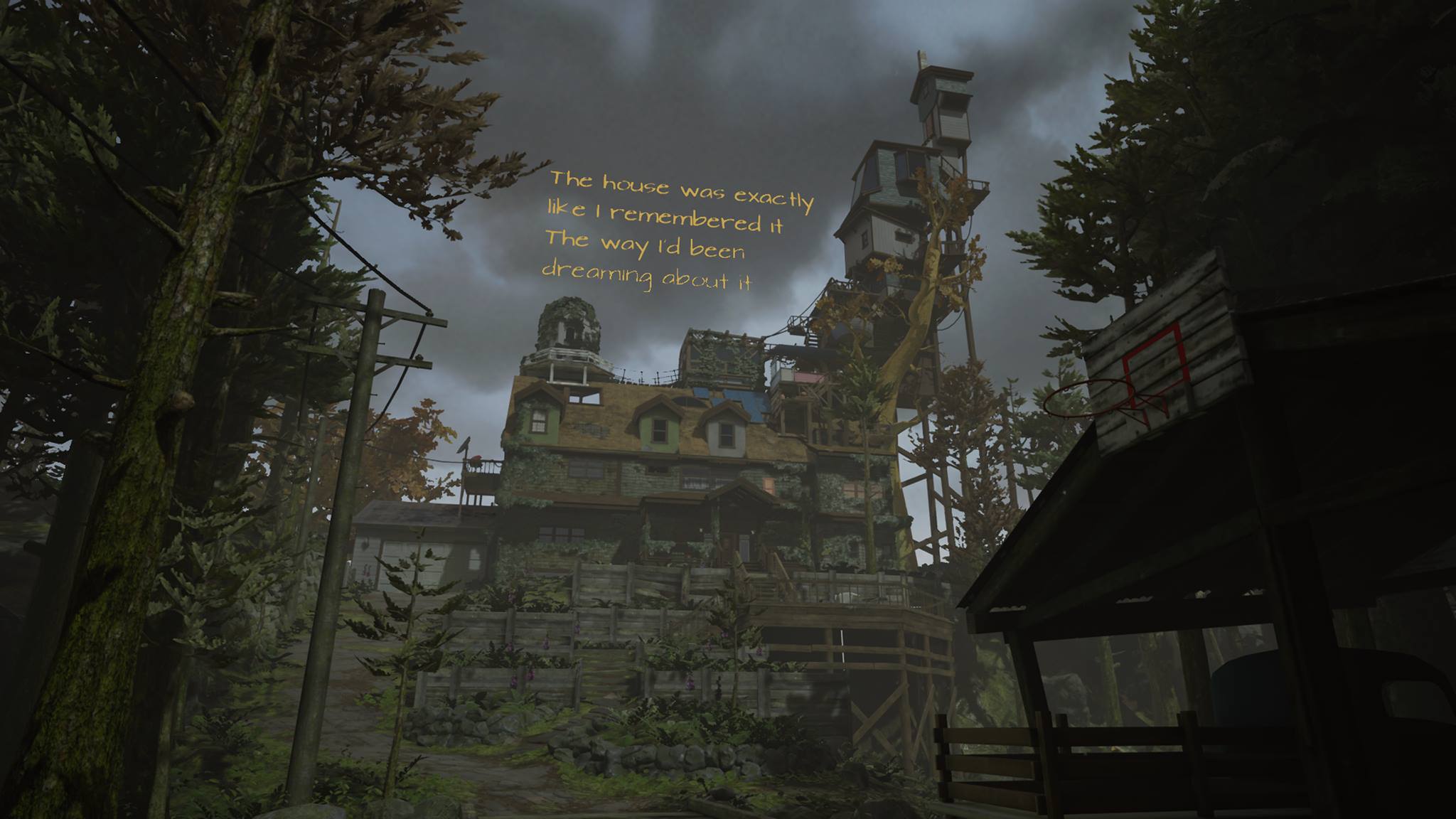
Story
From its very onset, Edith Finch starts with a percussive bang. Literally—the game opens to a classical fugue on the organ. Players are thrown into the game without so much as a start screen. You play as Edith Finch, the last remaining member of the Finch family. Edith has returned to her childhood home after the recent death of her mother. Entrusted with both the estate and an innocuous key, Edith commits herself to uncovering the secrets of her family heritage.
In the case of Edith and the Finch family, however, this involves retracing the deaths of each and every Finch who came (and died) before her. The Finches are considered “cursed,” tending to die early, unnatural deaths. These deaths are portrayed through the story of Edith Finch in the form of various vignettes. As Edith explores the old mansion where she grew up, she’ll come across various remnants of the lives of the Finches. These mementos, from a stack of old camping photos to a young girl’s diary, help provide backstory into the members of Edith’s troubled lineage.
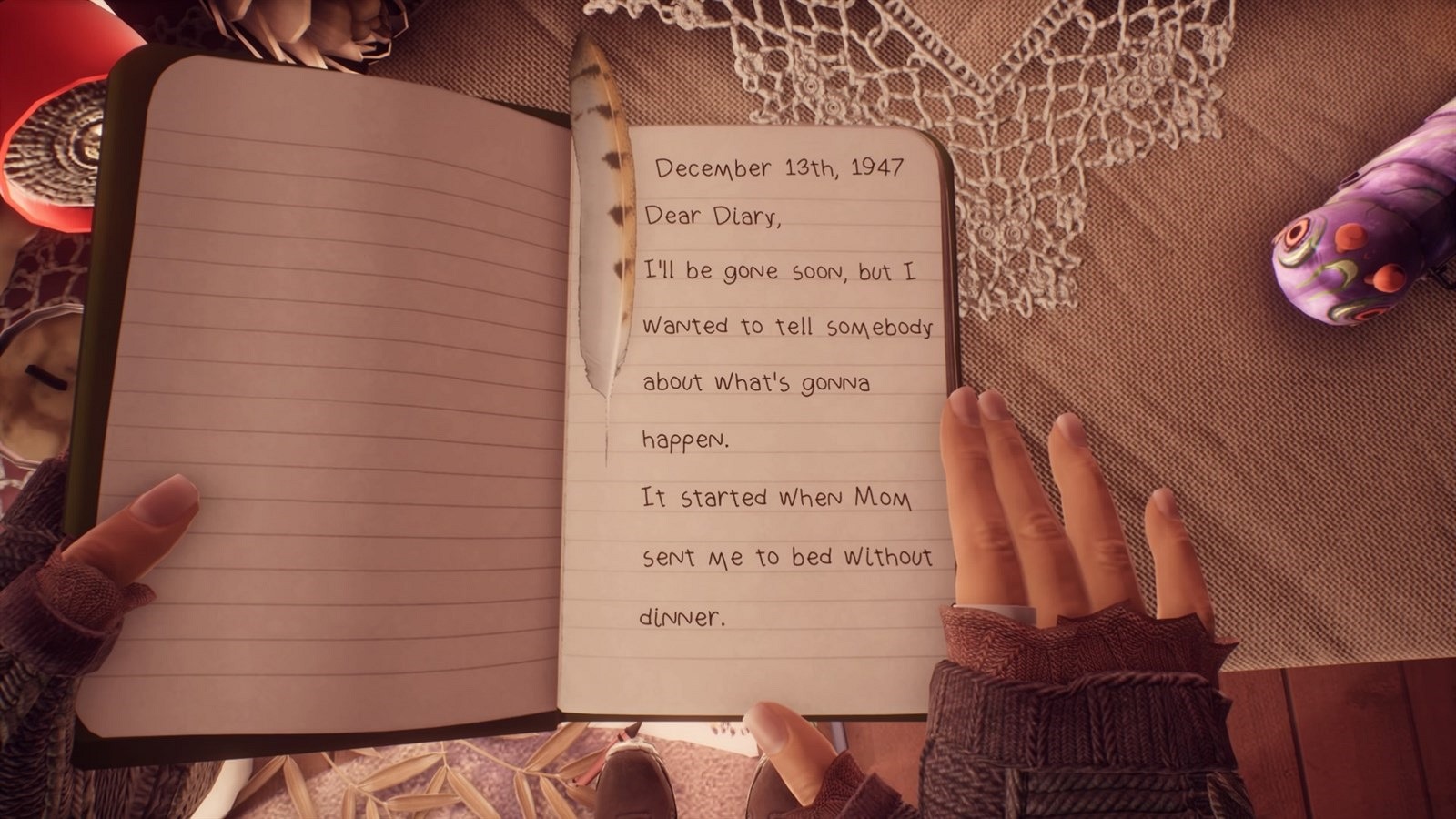
The narrative of Edith Finch is brisk and wonderfully told. Strong writing and narration from Edith help to suck players into the world of Edith Finch, while equally strong vignettes help propel them from one room to the next. At one point in the game, I found my heart palpitating after an especially powerful short story. While part of me wished to set the PS4 controller down and take a breather, the other part felt compelled to move on, eager to learn more about the Finch family.
Each vignette takes place from the perspective of a different member of the family, and is told in varying narrative styles. One might involve swinging as a child on a swing set, while another has players navigating a comic-inspired horror-movie flick. The variety of storytelling in Edith Finch is far and away its greatest asset, and kept me glued to the screen from start to finish.
While the vast majority of these shorts are winners, a few of them fall flat. Some ran too short to provide a lasting impact, while another failed to evoke the same level of tension and emotion as the rest of the game. The ending of the game, while serviceable, felt rushed. The game touches upon many great themes, such as truth vs. fiction and the perception of reality, and yet chalks most of them up to “life is too short to solve every mystery.” It feels like a cop out, and unless I drastically misinterpreted the game’s meaning, I found it a bit lazy.
Thankfully, the vast majority of the game is a captivating tale, and one that will leave you thinking long after the end credits roll.

Gameplay
One way in which Edith Finch carries its excellent narrative is through its gameplay. As previously stated, each vignette is told in a variety of different styles. This carries over to the game’s control scheme as well. As Edith navigates her childhood home, players can execute a variety of contextual actions by manipulating the left and right sticks. It feels a bit Heavy Rain-esque, for those who’ve played it, except without the jankyness.
The controls, as with the writing, help to immerse players into the role of Edith and her ancestors. Twirling the right stick to wind up a music box may seem mundane, but the sheer variety of actions available to the player helps to keep things feeling fresh. A particular favorite gameplay segment of mine involved snapping pictures of wildlife from the perspective of a young girl camping with her father.
With smart, intuitive controls and its sheer diversity of gameplay styles and genres, Edith Finch goes above and beyond the standards of the typical adventure game. Those who would call it a “walking simulator” might be surprised at how enticing it actually is to play. Meanwhile, games like Gone Home and Dear Esther could learn a few things from Edith Finch about how to properly convey a story without compromising on gameplay.

Presentation
The story of Edith and her family is made even better by a visually stunning presentation. Edith’s family estate practically dwarfs over her as players walk up to its tall doors. Its fragile, rickety appearance feels straight out of a Lemony Snicket book, and establishes a feeling of apprehension and curiosity from the very get-go. The dark, somber shadows of the old, abandoned home provide the perfect backdrop to a story about life and death. At the same time, excellent lighting helps to punctuate occasional moments of beauty along the way.
The game struggles with its framerate, at least on the PS4 version of the game that I played. Due to the nature of the game, however, it’s easy to overlook the framerate, especially when the art and visual design look this good.
Edith Finch’s visuals are matched by an excellent musical score. With haunting melodies juxtaposed by moments of whimsy and beauty, composer Jeff Russo weaves a complex tapestry of music that is as poetic as the game it serves to compliment. While a lot of the game’s music offers pleasant background material, tracks like “Edith’s Theme” and “Milton’s Tower” stand out as excellent character-pieces that help compliment Edith Finch’s already emotional narrative.
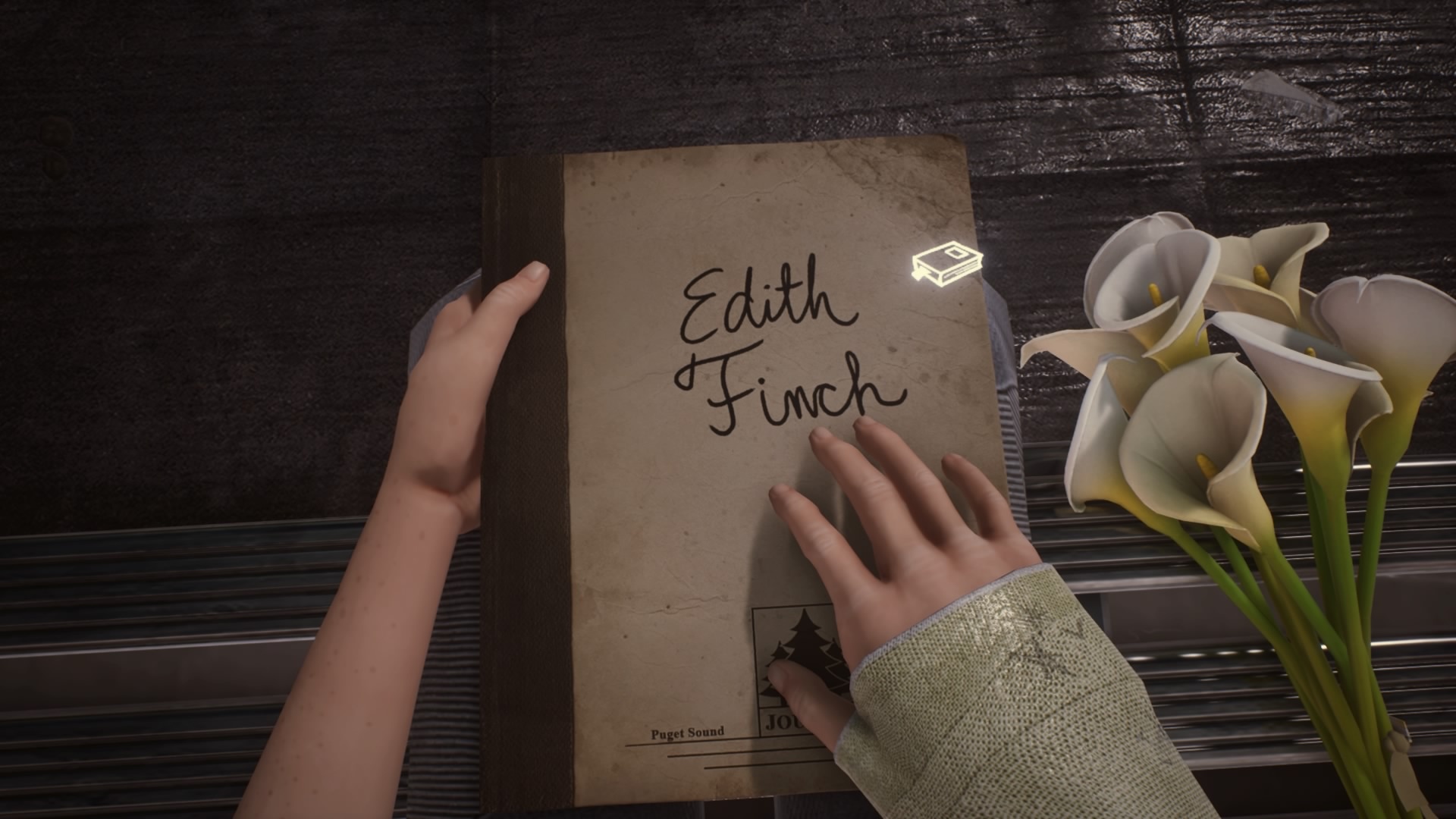
Final Thoughts
Lasting just under 2 hours, What Remains of Edith Finch can be completed in a single sitting. While most would find that to be a detractor for a video game, I find it a positive. At its cinema-movie length, most people will (and should) finish Edith Finch in a single sitting. The game shares many qualities with a great movie, and as such, deserves the same respect when it comes to how it is consumed.
At twenty bucks, Edith Finch may not be the most valuable video game purchase one could make. It’s hardly a game one would elect to jump back into, save for achievement hunting (which should take no more than 20 minutes) and the occasional replay. However, its strong story and captivating vignettes are some of the most unique experiences I’ve had playing a game since Journey back in 2012.
It goes without saying that fans of adventure games should play What Remains of Edith Finch, as it’s one of the strongest titles in the genre to date. Even if you’re normally on the fence about story-driven games, you should consider it. For a first foray into this type of genre, Edith Finch makes a strong first impression and will continue to impress over its 2-hour run-time.
Its ending may falter, but don’t let that deter you. What Remains of Edith Finch deserves your attention.
Score: 9.1/10
David is the founder of The Punished Backlog. He has a problem finishing games he starts.
Just beat: Donkey Kong Bananza.
Working on: Hollow Knight: Silksong.
Can't wait for: Metroid Prime 4: Beyond.
Follow David on Twitter at @David_Silbert to keep up to date with all things The Punished Backlog.


